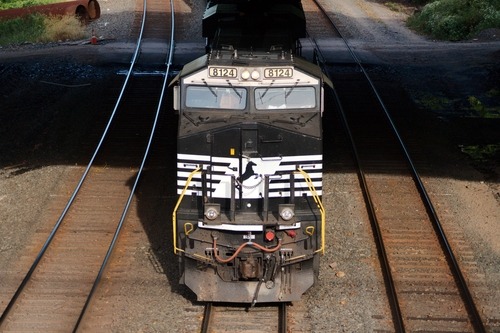
New regulations passed by the California Air Resources Board are anticipated to net more than $32 billion in health benefits, officials said.
CARB passed the rule to reduce emissions from locomotives operating in California last week. Under the new In-Use Locomotive Regulation, operators will be required to pay an amount determined by the emissions they create. The payments will go into a spending account used to pay for upgrades to cleaner locomotive technologies.
Additionally, locomotives will have a 30-minute idling limit; and switch, industrial, and passenger locomotives built in 2030 or later would be required to operate in zero-emissions configurations in California. Freight line haul would be added in 2035.
“Locomotives are a key part of California’s transportation network, and it’s time that they are part of the solution to tackle pollution and clean our air,” CARB Chair Liane Randolph said. “With the new regulation, we are moving toward a future where all transportation operations in the state will be zero emissions.”
Currently, according to CARB, operational emissions from one train are worse than emissions from 400 heavy-duty trucks. Officials project that the new regulations will contribute to the largest reduction in nitrogen oxide emissions toward meeting the state’s air quality standards by its 2037 deadline.
Officials estimate its health savings will include preventing 3,200 premature deaths and 1,500 emergency room visits and hospitalizations.
The new rules will offer flexibility to come into compliance and include alternatives to meeting milestone deadlines and extensions. Funding programs are available, CARB said, particularly for companies that chose to act early or to go beyond the regulation’s requirements.